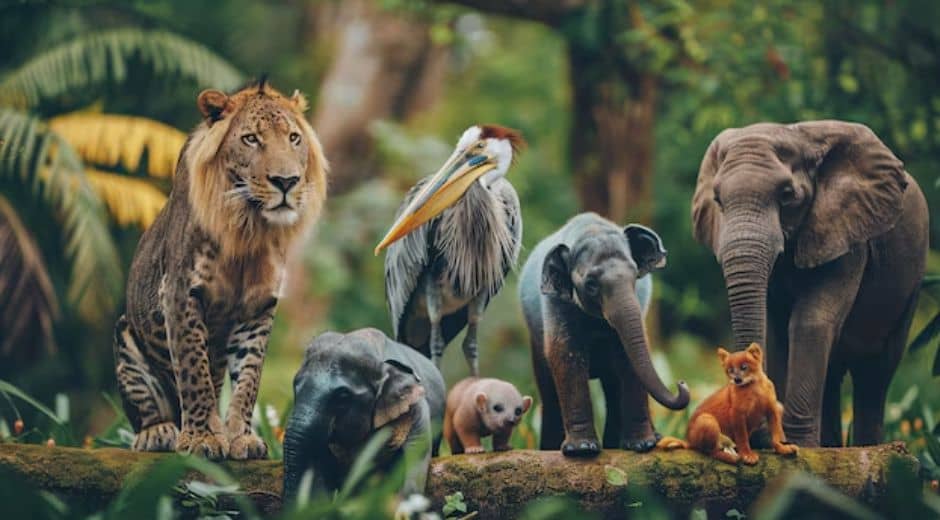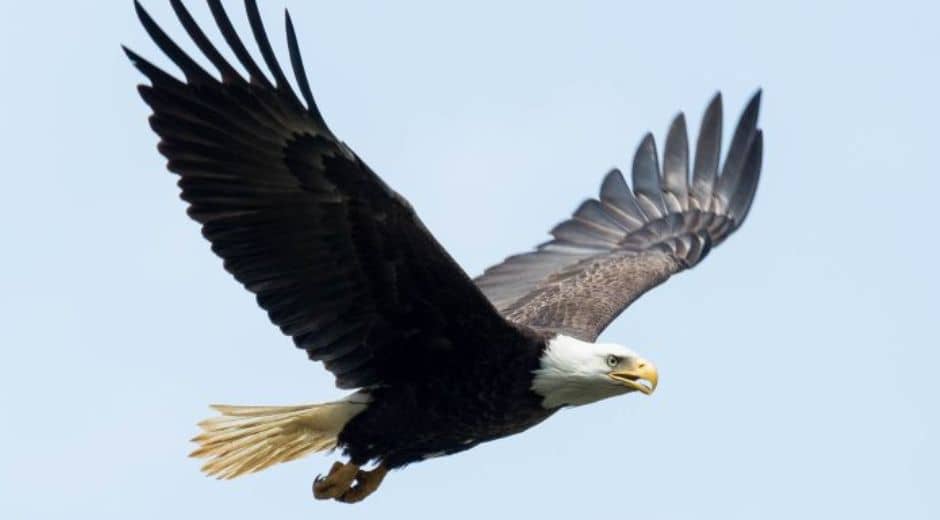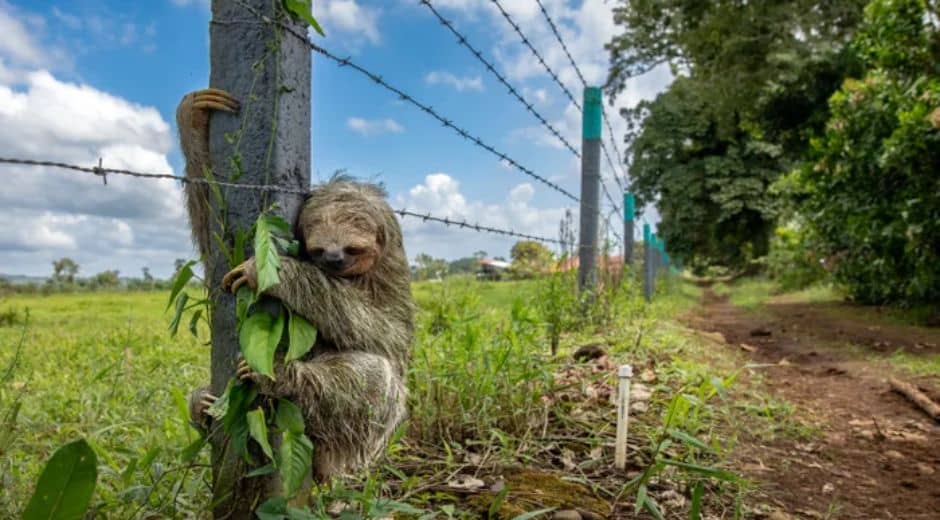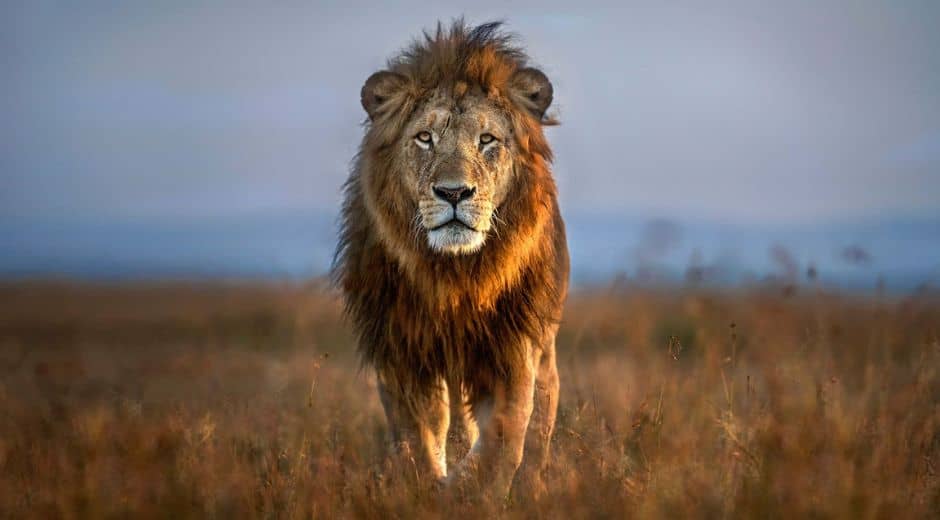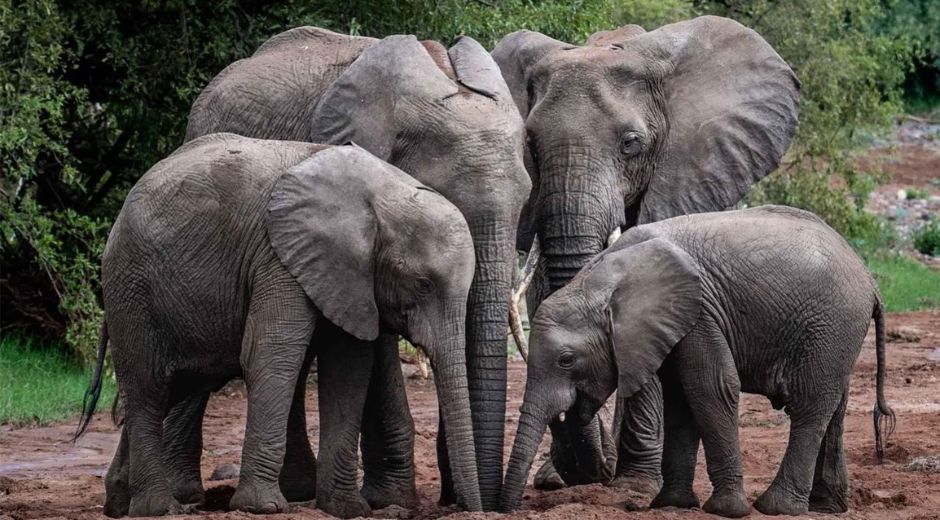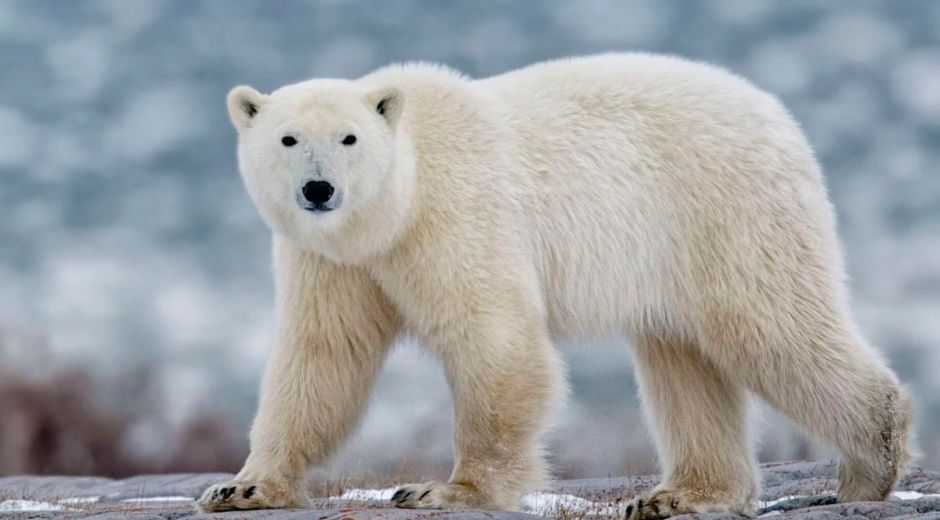Nocturnal Animals: The Hidden Lives That Awaken After Dark
When daylight fades and the world grows quiet, an entirely different kind of life begins to stir. While humans settle into rest, the wilderness awakens with unique energy, driven by creatures specially adapted to thrive in the shadows. Nocturnal Animals play a crucial role in global ecosystems, shaping food webs, controlling populations, and maintaining balance during the hours most people never see.
For millions of years, these nighttime specialists have evolved features that allow them to navigate darkness with ease. Their world is one of whispers, echoes, glowing eyes, and sharpened senses. Understanding Nocturnal Animals reveals not only their importance in nature but also the intricate rhythms of life that continue long after sunset.
Why Some Species Thrive at Night
Darkness provides advantages that daylight cannot. Cooler temperatures, reduced competition, and the cover of shadows encourage many species to become active during nighttime hours. Most Nocturnal Animals rely on the night to hunt, forage, escape predators, or avoid heat.
In deserts, where the sun creates extreme temperatures, being active at night ensures survival. In forests, darkness provides hunting opportunities with fewer threats. Even underwater, nighttime behavior begins as light fades, triggering movement in fish, crustaceans, and marine mammals.
Nighttime activity is deeply tied to evolutionary survival strategies that allow species to find food while avoiding danger.
Physical Adaptations That Support Night Survival
Evolution has gifted Nocturnal Animals extraordinary features. Their eyes are often larger and more sensitive to light, with reflective layers that amplify even the faintest glow. Many species rely on enhanced hearing to detect movement in total darkness, while others use smell or vibration to sense their environment.
Bats have mastered echolocation, emitting high-frequency sounds that bounce off objects, creating detailed maps of their surroundings. Owls use silent flight, with feathers specially shaped to eliminate noise, allowing them to stalk prey undetected.
These adaptations demonstrate how nature equips species to thrive where human senses fail completely.
Examples of Iconic Nocturnal Species
Around the world, countless creatures depend on the night. Owls reign as top predators in many forests, hunting rodents with precision. Bats pollinate plants, eat insects, and maintain vital ecological roles.
Among mammals, animals like foxes, raccoons, and leopards use the darkness to hunt or scavenge. In tropical regions, the darkness comes alive with frogs, geckos, slow lorises, and night-active primates.
Insects such as moths perform pollination, contributing more to ecosystems than many people realize. Even marine ecosystems host Nocturnal Animals, including squid, octopuses, and fish that migrate upward with the disappearance of sunlight.
How Nocturnal Animals Navigate the Dark World
Long before humans invented flashlights, Nocturnal Animals developed ways to navigate pitch-black environments. Some rely on moonlight and starlight, while others depend entirely on hearing or smell.
Many predators silently observe their environment, waiting for the perfect moment to strike. Prey species develop acute senses to detect approaching danger.
These nighttime interactions form complex ecological networks that keep ecosystems in balance. Research published by National Geographic highlights how night vision, enhanced senses, and behavioral patterns play a major role in maintaining life after dark.
The Ecological Importance of Nocturnal Species
The nighttime ecosystem is just as important as the daytime one. Nocturnal Animals help control insect populations, disperse seeds, pollinate flowers, and regulate prey numbers.
Their activities influence plant growth, soil health, and biodiversity. If nighttime species disappear, entire ecosystems can collapse. For example, certain plants rely entirely on night-active pollinators. Without them, forests lose regeneration capacity.
Predators such as owls or leopards prevent rodent populations from growing uncontrollably, which in turn protects crops and reduces disease transmission.
Threats Facing Nocturnal Animals Today
Despite their importance, nighttime species face growing challenges. Artificial lights from cities, roads, and factories disrupt natural cycles. This phenomenon, known as light pollution, confuses animals, alters behavioral patterns, and disrupts breeding activity.
Habitat destruction forces species into shrinking regions, increasing conflict with humans. Climate change also affects feeding patterns, migration routes, and breeding habits.
When night landscapes become fragmented, Nocturnal Animals struggle to find safe pathways, food sources, and shelter.
Light Pollution: The Silent Predator
Artificial light may seem harmless, but it dramatically affects the night world. Streetlights disorient migrating birds, causing fatal collisions. Sea turtle hatchlings move toward coastal lights instead of ocean waves.
Insects are drawn to artificial light, becoming easy prey or dying in large numbers. This disrupts food chains, leaving nighttime predators without nourishment.
Reducing light pollution is one of the most effective ways to protect the delicate balance of nightlife.
How Technology Helps Us Study Night Creatures
Advancements in technology shine a light — figuratively — on the hidden behaviors of Nocturnal Animals. Night-vision cameras, thermal imaging, and motion-triggered sensors provide insights into nighttime habits.
Researchers now track movement patterns, breeding cycles, and population changes with unprecedented accuracy. These tools help scientists make informed conservation decisions, identify threats, and implement strategies to protect species before it’s too late.
Additionally, digital platforms highlight innovative nighttime research, with projects similar to those found at Newspapersio showcasing new technology dedicated to environmental monitoring.
The Role of Communities in Nighttime Conservation
Local communities often witness the decline of nighttime species long before scientists do. Farmers, fishers, and rural residents notice changes in population numbers, migration patterns, or unusual behaviors.
Community involvement helps protect habitats, reduce conflicts, and identify areas where Nocturnal Animals need support. Educational programs teach residents how to coexist with wildlife while reducing risks for both humans and animals.
When communities feel empowered, conservation becomes more effective and sustainable.
The Importance of Preserving Night Ecosystems
Night ecosystems are fragile. The disappearance of even one species triggers cascading effects that destabilize entire environments. Protecting Nocturnal Animals means preserving the unseen half of the natural world — the half most people rarely encounter but depend on without realizing it.
Healthy night ecosystems support functioning forests, grasslands, deserts, and oceans. They regulate climate, promote biodiversity, and sustain food webs that continue even when humans sleep.
Internal Connection: Nature Beyond the Daylight Hours
At BioNatureVista, we explore the hidden dimensions of wildlife and the forces shaping the natural world. Nocturnal Animals remind us that life thrives in every corner of the planet, even in silence and shadow.
Their presence teaches us about adaptation, perception, and resilience — qualities essential for survival in a rapidly changing world.
Conclusion: The World That Comes Alive After Dark
The night holds mysteries that many people never witness, but nature depends on them deeply. Nocturnal Animals bring balance to ecosystems, protect plant life, control insects, and maintain the rhythms of the natural world.
As threats increase, protecting these species becomes essential to safeguarding biodiversity and ensuring that life continues to thrive long after sunset.
By understanding the value of night-active species and supporting conservation efforts, we ensure that the silent world of the dark remains alive, vibrant, and full of wonder.
Nature Inspires Every Step
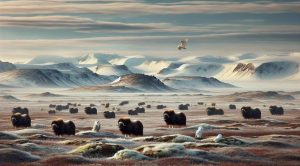
How Tundra Wildlife Survives Extreme Arctic Conditions
How Tundra Wildlife Survives Extreme Arctic Conditions

Life Above the Trees: Exploring the Rainforest Canopy
Life Above the Trees: Exploring the Rainforest Canopy





